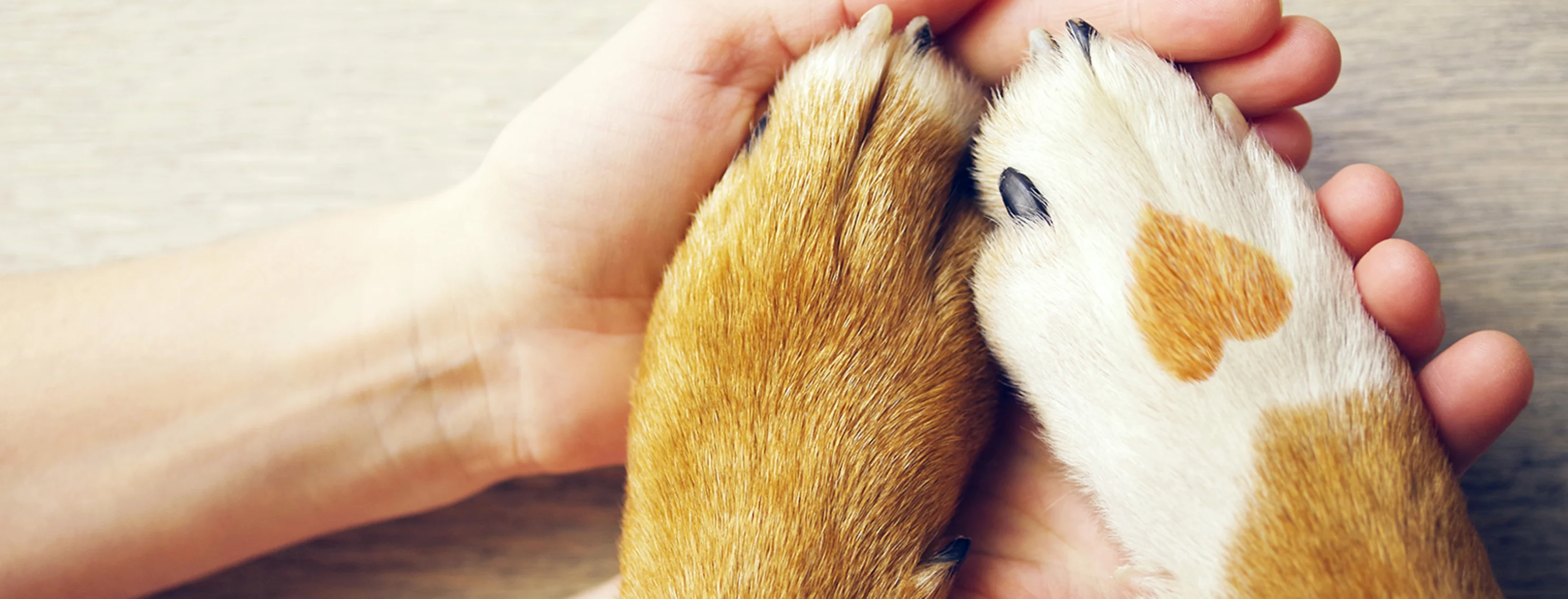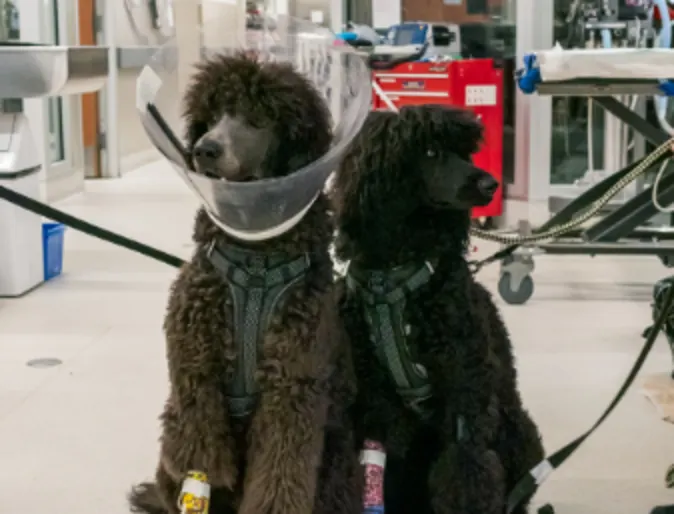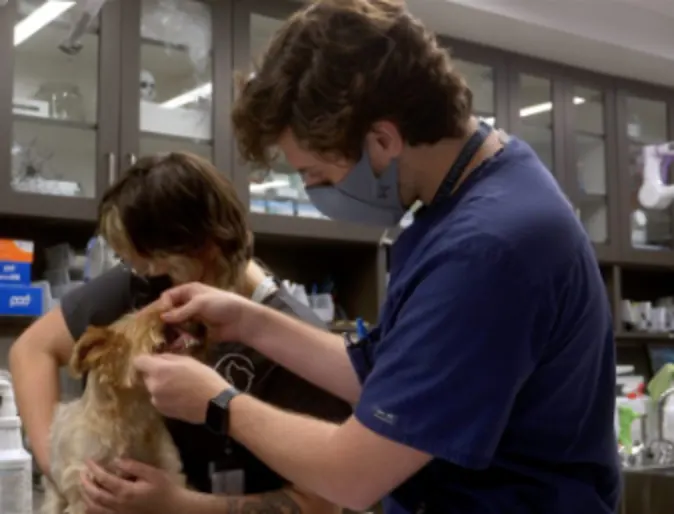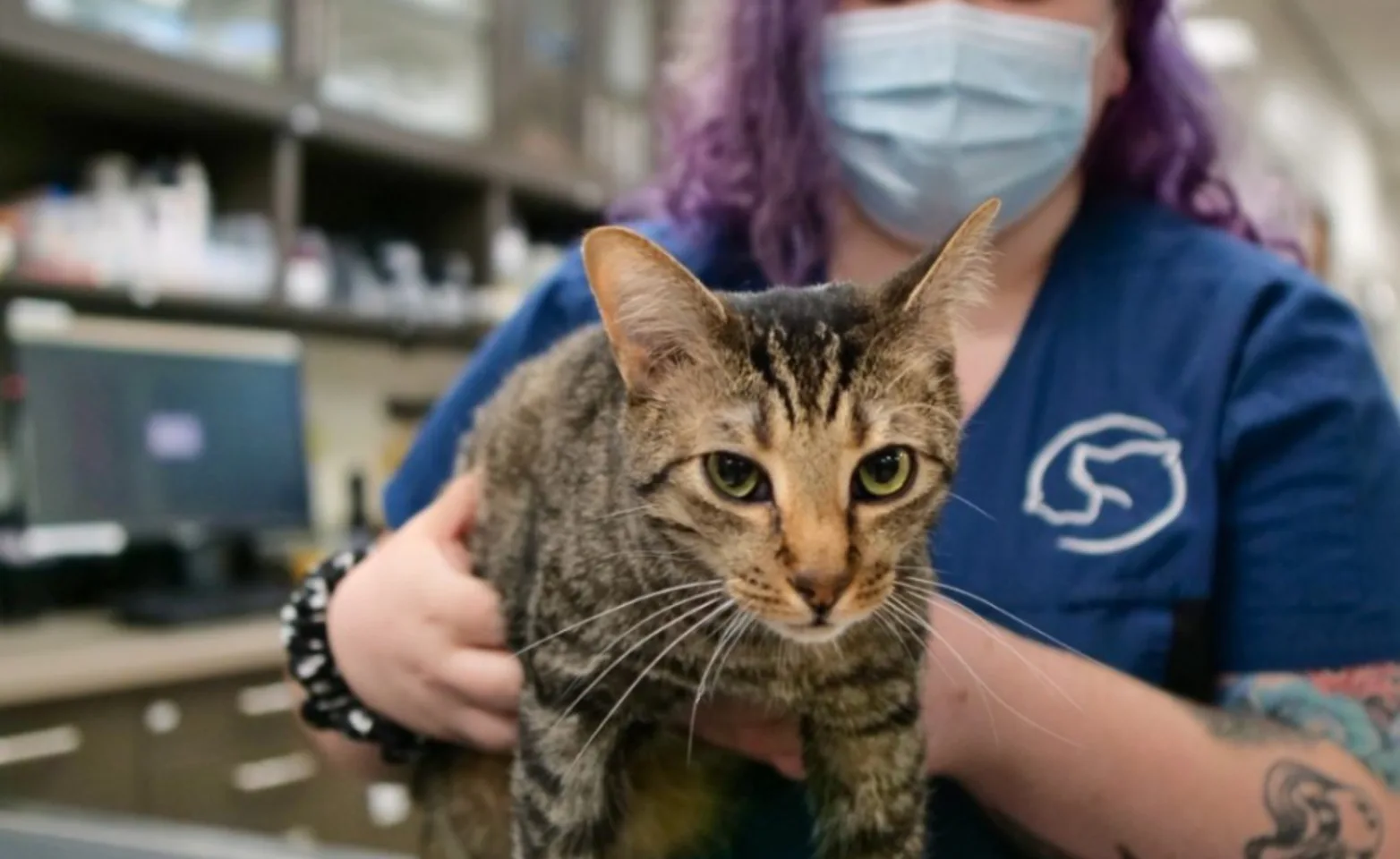Mountainside 24/7 Animal Emergency



Emergency Services
Open 24/7, our veterinarians and support staff are trained to immediately assist, triage, and manage any medical and surgical emergency, as well as non-critical concerns.

Additional Services
Located in North Vancouver, Mountainside 24/7 Animal Emergency is always open. We will see any emergency, critical care, and time-sensitive medical condition.

Veterinary Referrals
To transfer or refer a patient to our emergency and ICU department or for any out-patient procedure, including Ultrasound, please contact us anytime at (604) 973-1247.

Who We Are
Mountainside 24/7 Animal Emergency is always here for you and your pet. We work in a complementary fashion with your regular family Veterinarian to provide high-quality veterinary emergency and critical care medicine when your regular Veterinarian is unavailable. Once your pet’s condition is stabilized, you have the option to refer back to your regular veterinarian for ongoing care.
We ensure that the most comprehensive emergency and surgical care for your pets is available when needed. To do so we either refer out to, or bring in-house, board-certified specialists for complex surgeries or procedures, as required. We are open 24 hours a day 7 days a week for emergencies and walk-ins (no appointment necessary).
